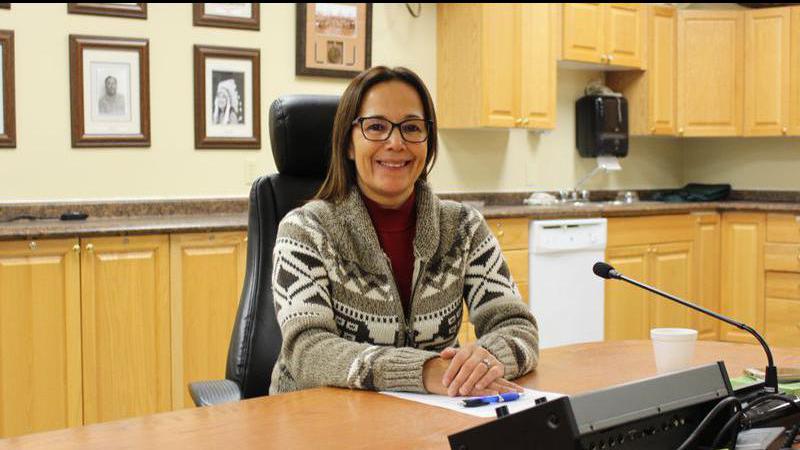Deep underground and back in time: a tour of the ‘sacred’ Bell Island mines
BELL ISLAND, N.L. — Alice Kennedy was well into her 70s before she ever saw the black, cold depths of the iron ore mine that sustained her family for generations.
She took a public tour of the rocky labyrinth deep underground on Bell Island, off Portugal Cove, N.L., about 15 years ago.
“She was crying at the top of the mine,” recalled her daughter, Teresita (Teddy) McCarthy, now manager of the popular tourism draw.
“She said: ‘You know women are not allowed in the mine.’”


